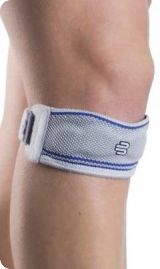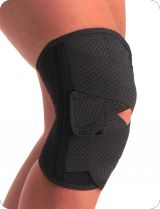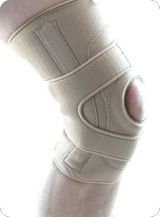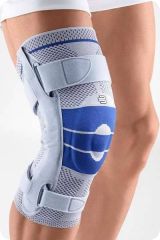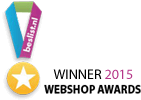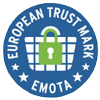Jumpers knee (Apexitis patella)
A jumpers knee, also called a jumpers knee, is an overload injury between the shin and kneecap. This injury occurs with athletes who jump a lot, such as volleyball. This is why it is important to know what the cause is and what treatment forms there are.
Read more »
Which brace is best for you?
For your convenience we use 3 protection levels, that way you will always pick the right brace.
Level 1: Is colored green, and stands for Basic protection.
Level 2: Is colored orange, and stands for Advanced protection.
Level 3: Is colored red, and stands for Highest protection.
Causes jumpers knee
Symptoms of a jumper's knee are also called pressure pain and stiffness of the knee. An injury occurs gradually and shows a recognizable pattern. The complaints always start quite innocently. The first signs of a jumper's knee are usually after a workout or competition, where the pain is temporary and disappears when you start moving again. You will also feel it during your sport at a later stage. If it gets worse, you can even feel it in the warm-up. The complaints are generally caused by a repetitive peak load. The severity can be determined with resistance tests and ultrasound. As a result, inflammation may develop as a result of a repair process that has been impaired by loss of patellar tendon quality. The patellar tendon heals because it has a poorly perfused structure. Muscle tissue continues to bleed faster. The following causes can cause a jumpers knee:
- Being overweight
- Inside tilt of leg
- Muscle weakness
- X legs
- Hard ground
- Power decrease
- Long kneecap lower pole
- Wrong landing techniques
- Abnormalities of knee
- Past ankle sprains
Treatment Jumpers knee
For the jumpers knee you will need time to heal, as it can take several months. With ice packs, conservative therapy, patella strap, adjustments in training load, temporarily stopping the sport, exercise therapy or aids such as knee supports or soles




